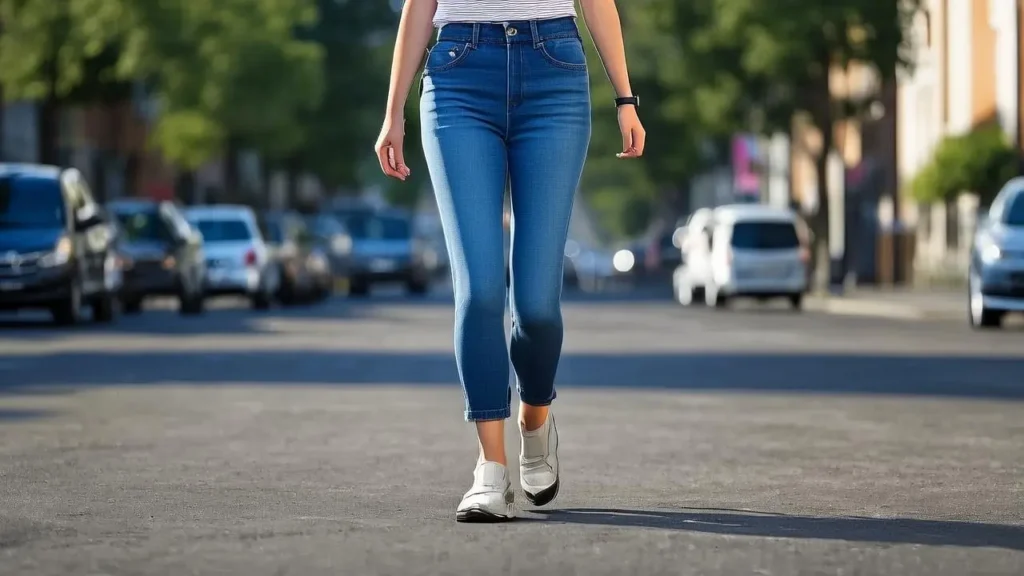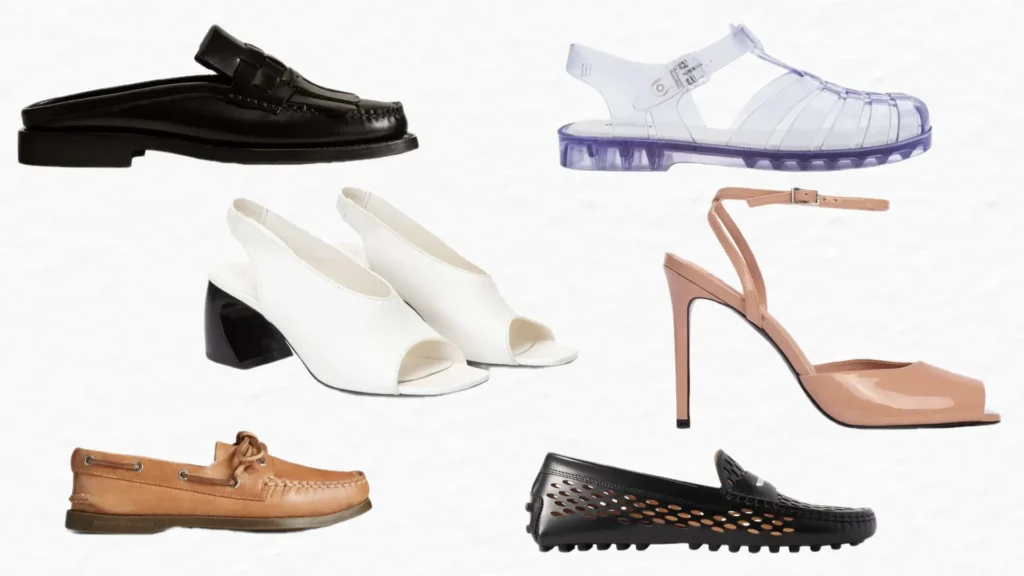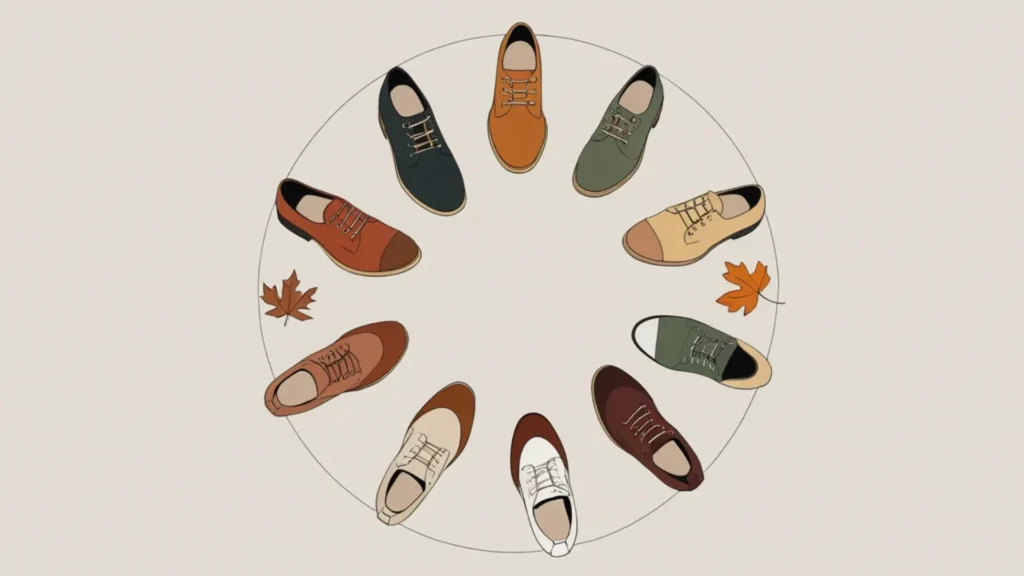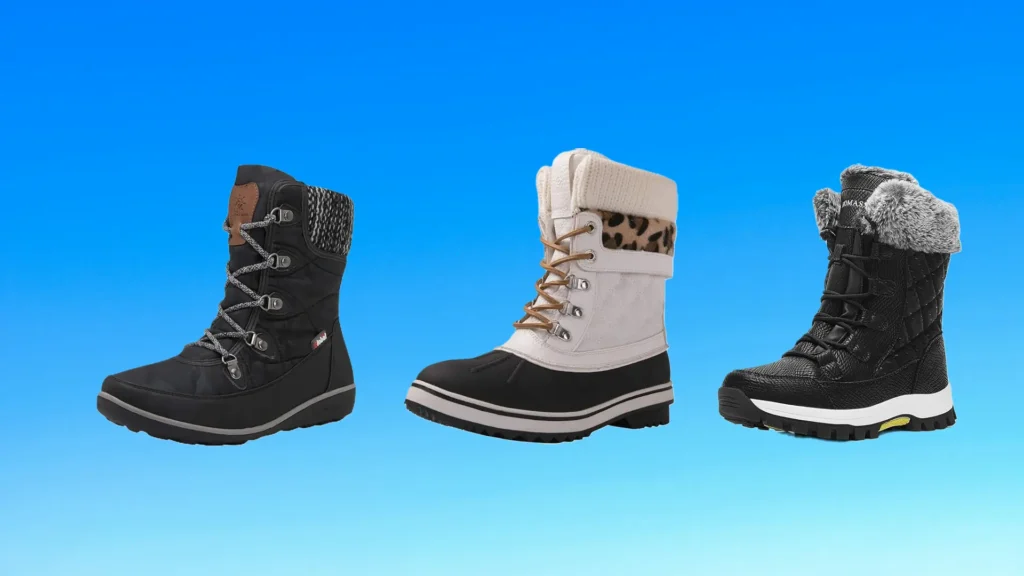Your feet hurt—but you don’t know why. The shoes look fine. They don’t seem too tight. But by lunchtime, your heels burn, your toes ache, and your knees feel stiff. You start blaming your age, your job, or your weight. But it’s not your body that’s failing you. It’s your shoes.
Most regular shoes are made for style, not health. They look nice, but inside, they’re built with flat soles, hard linings, and no real support. Over time, the pain builds up in ways you can’t ignore. You may think this is normal. It’s not. Your shoes are quietly damaging your feet with every step.
The truth is, poor shoes can slowly break down your posture, your balance, and your comfort. Your back starts hurting. Your knees feel tight. You don’t realize it’s coming from your feet. And once the damage begins, it spreads upward through your body. That’s why so many people feel worse the longer they stay on their feet.
You don’t need to be a senior, an athlete, or a patient to wear orthopedic shoes. You just need to care about your comfort and mobility. Orthopedic shoes aren’t just for medical problems—they’re designed to protect your feet before problems start. And when built right, they can change the way your entire body feels.
What’s Inside an Orthopedic Shoe That Makes It Special
Orthopedic shoes are different because they’re built from the inside out—for function, not just appearance. Every single part is shaped and chosen to reduce pain, improve movement, and protect the foot.
The Toe Box Is Wide for a Reason
Most regular shoes squeeze the toes into tight spaces. You may not notice at first, but over time, it leads to bunions, crooked toes, and loss of circulation. Orthopedic shoes fix this by offering a wide, deep toe box. This gives your toes room to stretch and move naturally with every step.
That simple change makes a big difference. Your balance improves. Your toes don’t rub against the shoe. And you avoid common foot problems that make walking painful.
The Insole Provides Arch Support That Fits You
Inside an orthopedic shoe, the insole is not flat. It’s shaped to match the curves of your foot. It supports the arch, cushions the heel, and keeps your foot aligned. This reduces pressure on the balls of your feet, your heels, and your knees.
A proper insole reduces strain across your entire body. It also keeps your foot from sliding forward, which helps avoid blisters and calluses. Without arch support, your body has to compensate—and that’s when pain spreads.
The Midsole Acts Like a Shock Absorber
Every time your foot hits the ground, your body absorbs the impact. Without protection, this pressure goes straight into your joints. Orthopedic shoes use soft but durable midsoles to absorb that shock. This keeps your knees, hips, and spine from feeling the full force of each step.
People with arthritis, plantar fasciitis, or joint pain feel instant relief because the midsole acts like a cushion between their body and the ground. It also helps people who stand all day feel less tired.
The Heel Cup Adds Control and Stability
The heel cup is the part that holds your heel in place. In orthopedic shoes, it’s deep and firm. It stops your foot from rolling or twisting, and it keeps your steps stable and aligned. This helps prevent ankle sprains, heel pain, and poor posture.
Without a proper heel cup, your foot slips with every step. That small movement builds into big problems over time. A secure heel cup makes each step feel grounded and natural.
The Outsole Grips the Ground and Prevents Slips
The bottom of the shoe matters more than most people think. Orthopedic shoes use special rubber soles with grip patterns. This improves traction and stops you from slipping—especially on wet or uneven ground.
This is crucial for older adults or anyone with balance issues. A better grip means better confidence, fewer falls, and safer steps wherever you walk.
Adjustable Closures Make the Fit Perfect
Laces, straps, and Velcro aren’t just there for looks. Orthopedic shoes use them to help the shoe adapt to your foot throughout the day. Your feet can swell, shift, or need more room. Adjustable closures give you control over the fit so you’re never too tight or too loose.
That flexibility is important for comfort. It also helps people with diabetes, arthritis, or swollen feet get the fit they need without pain or pressure points.
Together, these features create a shoe that fits better, supports your body, and helps prevent pain at every step.
What Real Problems Do Orthopedic Shoes Solve?
Orthopedic shoes aren’t just about comfort. They are tools that help with real physical problems—many of which people don’t realize start with the feet.
Flat feet lack a natural arch, which makes walking and standing painful. High arches do the opposite—putting too much pressure on the ball and heel. Orthopedic shoes give the exact support each foot type needs. This keeps pressure balanced and pain away.
Without the right support, both flat feet and high arches lead to foot fatigue, shin splints, and long-term pain. That’s why arch support is the core feature in orthopedic design.
Tight shoes cause rubbing. Rubbing causes skin to break down. And broken skin causes pain, infection, and long-term damage. Orthopedic shoes give space, padding, and soft surfaces to prevent all of that. For people with sensitive skin or aging feet, that can be life-changing.
People with diabetes may lose feeling in their feet. They might not notice a small wound until it gets infected. That’s why diabetic orthopedic shoes are made to protect every inch of the foot. No tight spots. No rough seams. And no pressure points.
These shoes are medically approved in many cases to prevent foot ulcers and protect nerve-damaged feet. It’s not just comfort—it’s safety.
Your shoes affect your entire posture. When your feet are misaligned, your knees twist. Your hips compensate. Your back strains to adjust. Orthopedic shoes fix this from the ground up. They improve alignment so your whole body moves in harmony.
This can reduce joint pain, muscle tension, and back fatigue by addressing the real root of the problem—bad foot positioning.
As people age, they may lose muscle strength in their feet or legs. This makes them unsteady. Orthopedic shoes provide a wider base, stable heel, and better grip. That combination prevents slips and supports better balance.
Even people recovering from surgery or injuries feel more confident walking when their shoes support them correctly.
Jobs that require standing for hours—like nursing, teaching, or factory work—can lead to serious foot and leg pain. Orthopedic shoes reduce fatigue by spreading pressure and reducing joint stress. The result? More energy, better posture, and fewer long-term issues.
These are not minor perks. These are real changes that improve quality of life for people who live on their feet.
How Shoe Designers Engineer Every Detail for Your Feet
Orthopedic shoes are the result of smart design and medical understanding. Behind each pair is a process of science, testing, and feedback that most people never see.
Designers begin by learning how feet move. They study walking patterns, pressure points, and muscle function. This helps them shape shoes that guide the foot into a healthy motion without stress or pain.
Many modern orthopedic brands use 3D foot scans and pressure sensors to see where people carry weight. This data shows exactly where support is needed—and where shoes need to give extra room or stability.
Each part of the shoe is made from tested materials. Soft, breathable fabric for the upper part. Cushioned foam or gel for the insoles. Durable rubber for traction. None of it is random. It’s chosen for comfort, durability, and health.
Feet aren’t symmetrical. One might be wider. The arch might be lower. Designers create orthopedic shoes that allow for those small differences. This is why the fit feels more natural and less tight than fashion shoes.
Shoes go through wear tests with real people who have foot problems. Feedback is collected on pain, comfort, pressure, and support. The shoe is adjusted again and again until it performs well in real life.
These steps take time, but they create shoes that solve real problems—and last longer than basic footwear.
What Happens When You Wear the Right Shoes Daily?
Once you switch to orthopedic shoes, the benefits don’t take months. Most people feel better in just a few days. And the long-term changes are powerful.
1. Pain Starts to Decrease in Your Whole Body
Foot pain may be the start, but your joints, spine, and muscles also improve. Better shoes make every step easier. You stop limping. You stop shifting your weight in weird ways. And your pain reduces on its own.
2. You Feel More Stable and Balanced
Your steps feel firm. You don’t wobble. You don’t trip on uneven ground. That extra security makes walking feel safer and easier, especially as you get older.
3. Your Posture Improves Automatically
With proper alignment, your back straightens. Your hips fall into place. You stand taller, feel lighter, and move more naturally. All because your feet are supported the right way.
4. You Have More Energy Left at the End of the Day
Good shoes reduce how much your muscles have to work. Less stress on your feet means less exhaustion. You finish the day with more strength, less soreness, and a better mood.
5. You Avoid Long-Term Damage
The biggest benefit is prevention. Bunions, arthritis, joint strain—these build over time. Orthopedic shoes stop that damage before it starts. They are a daily habit that protects your body quietly and powerfully.
Most people wait until they’re injured or diagnosed to try orthopedic shoes. That’s backwards. The best time to wear them is before you feel pain. Because these shoes aren’t about fixing problems. They’re about avoiding them entirely.
Today’s orthopedic shoes are not ugly. They don’t look like medical devices. They come in modern styles, comfortable designs, and sizes for every foot type. From children to seniors, workers to runners—everyone can benefit from support, protection, and better alignment.
Wearing orthopedic shoes is not giving up. It’s stepping up. It’s choosing to take care of your body now instead of waiting for pain later.
You only get one set of feet. Protect them early. Support them properly. And enjoy every step of your life without pain.




